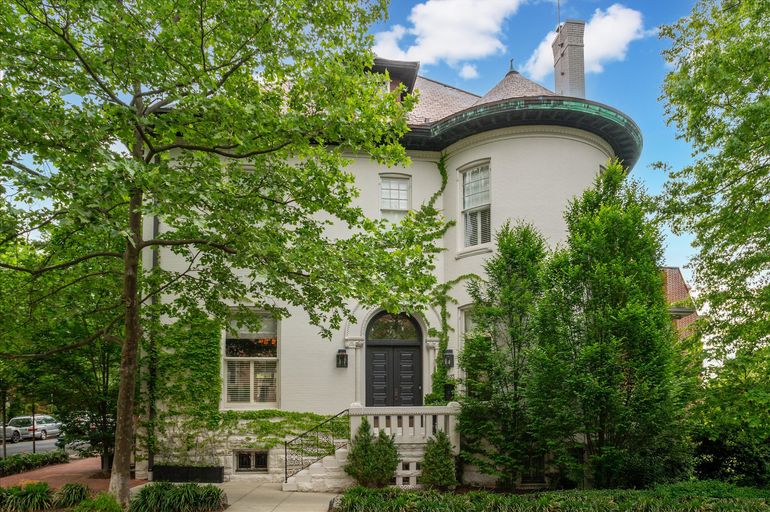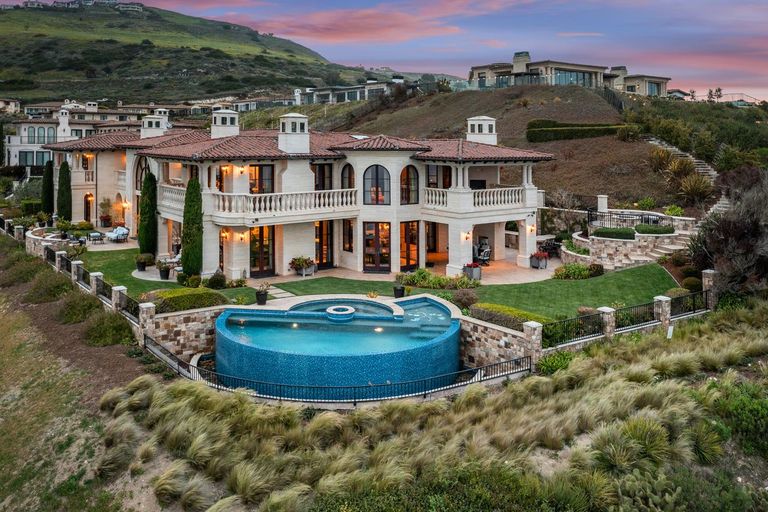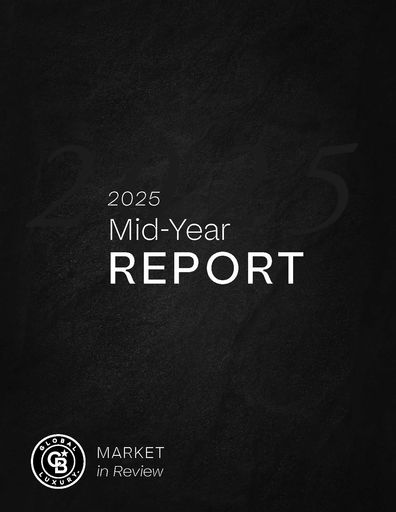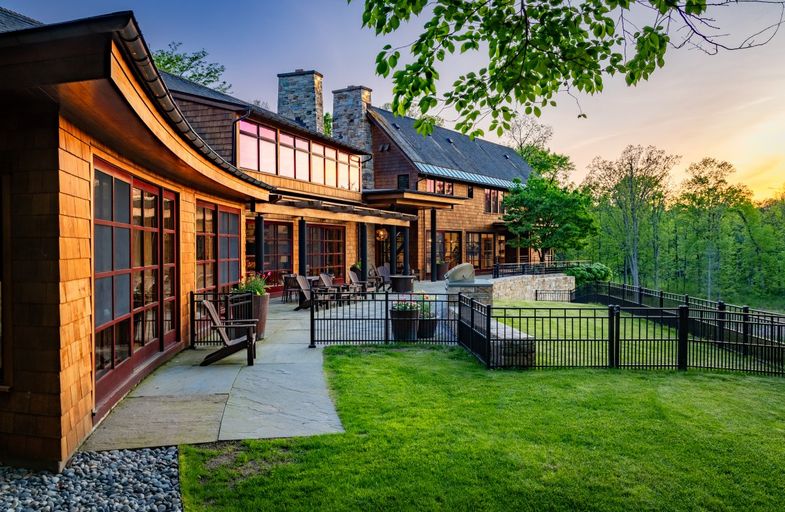10 Luxury Market Trends to Watch Now
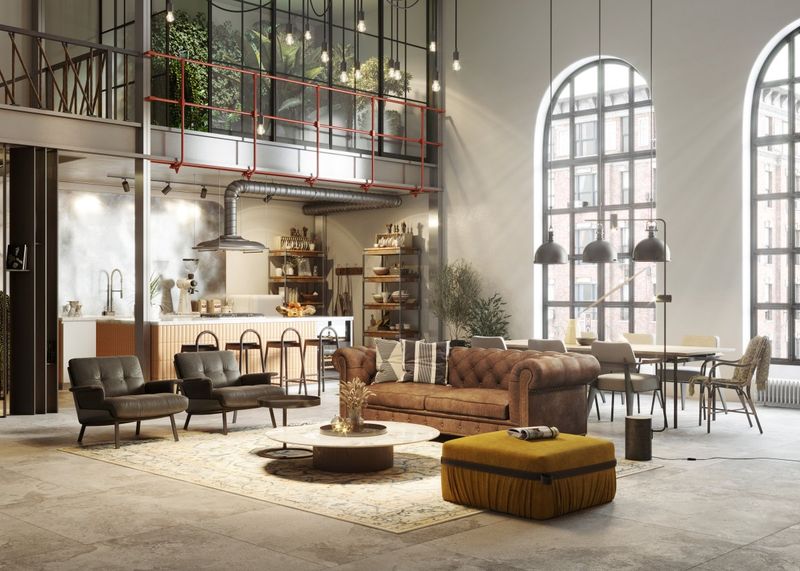
The headlines say it’s a buyer’s market. That conditions are cooling. That navigating real estate right now feels challenging at best. But step into the world of luxury real estate, and you’ll find a more nuanced reality.
The high-end property market has always been a category apart — shaped by different motivations, different fundamentals, and sophisticated buyers and sellers who think long-term about their wealth preservation and investments. The Mid-Year Report from the Coldwell Banker Global Luxury® program offers a closer look at how the luxury sector is performing now, and what’s likely ahead for 2025 and beyond. Backed by fresh data from the Institute for Luxury Home Marketing and insights from a survey of over 200 Luxury Property Specialists, it paints a clearer picture of this exclusive segment.
Consider this your insider’s guide to the latest luxury real estate trends:
1. Sellers Are Getting Their Prices (If Their Homes Check the Right Boxes)
Despite all the chatter about a cooling market, overall luxury prices aren’t budging so far. Single-family median sold prices notched up 1.8% year-over-year and 8.0% over 2023 according to data compiled by the Institute for Luxury Home Marketing (the "Institute") for the report. Meanwhile, attached median sold prices rose 8.4% year-over-year and 16.5% compared to 2023, mostly driven by demand for premium condos in trophy markets like NYC and LA. “We are still seeing bidding wars for competitively priced homes,” says Dr. Jessica Lautz, Deputy Chief Economist and Vice President of Research at the National Association of REALTORS® (NAR). For sellers, here’s the takeaway: if your home is competitively priced, turnkey with sought-after amenities, and located in a proven trophy market, you’re still well-positioned to command a premium and get your price.
2. Inventory Hits a Sweet Spot
Buyers, rejoice! Finally—there are more properties to choose from. Luxury home inventory reached a two-year high in May. Inventory for single-family homes is up 40.4% and 42.6% for attached properties since 2023, per the Institute. This is giving buyers more breathing room and negotiating power, but there’s a catch: the most desirable listings are still selling quickly — and often at premium prices.
3. Single-Family Homes Lead the Pack
If you’re planning to list a single-family home this year, you might have an edge. These properties remain the standout performers in the luxury space right now — with sales up 1.7% year-over-year and 9% over 2023, as the Institute data shows. Demand is holding steady even as inventory grows. Meanwhile, attached homes have experienced modest softening, as buyers in this segment are more rate-sensitive and new supply has been slower to come online.
4. The Market Balances Out
Is it a buyer’s market? The answer: it’s complicated. In some areas, buyers may have a bit more leverage now; in others, sellers still hold the advantage. But overall — when the Institute tracked data across 120 U.S. luxury markets — the numbers from the Institute tell this narrative: the market is healthier and more balanced than it’s been in years. Through May 2025, Days on Market averaged 31 days for single-family homes and 28 days for attached properties. Sale-to-list ratios held firm above 98%. While sales ratios have dipped slightly, they signal slightly more negotiating room for buyers, but not necessarily market distress.
5. Real Estate Stays a Safe Bet
High-net-worth buyers still see luxury property as a reliable anchor for long-term wealth. Over 68% of surveyed Luxury Property Specialists say their clients are holding or increasing their real estate investments this year. As Lautz told us for the report: “The stock market can be highly reactionary, and many affluent buyers are looking to diversify their portfolios,” noted Lautz. “Anecdotally, we’re hearing from Realtors that their clients are reallocating funds from stocks into tangible real estate assets.” Added Winston Chesterfield, founder of U.K.-based Barton Consulting: “Real estate can be a place to park money, and when the world feels uncertain, we often see an interest in home and real estate purchases.”
6. ‘Smart Luxury’ Is Making Moves
Goodbye, conspicuous consumption and hello conscientious luxury 2.0! Today’s buyers and sellers are navigating a market where practical considerations like affordability, tax strategy, estate planning, property utility, and long-term investment potential are starting to take precedence over purely lifestyle-driven purchases like aesthetics, flashy amenities, or location cachet. As inventory levels continue to rise and prices remain stable, some savvy buyers could be increasingly willing to trade location or tackle renovations if the numbers make sense. “We could see a new era of ‘smart luxury’ being ushered in,” says Michael Altneu, Vice President of Coldwell Banker Global Luxury. “It’s a mindset shift where decisions are guided by discernment and strategy rather than indulgence alone.” ‘Smart luxury’ stands in contrast to another continuing force in the market: the increasingly selective, no-compromise buyer.
7. The ‘No-Compromise’ Buyer Still Rules the Market
Today’s luxury buyer wants it all — and they’re willing to wait for it. Most Luxury Property Specialists identified this “no compromise, no urgency” mindset as one of the top trends defining the high-end market today.
“Although my buyer clients might be somewhat cautious, they continue to expect property upgrades that support their luxury lifestyle,” says Rhonda Harmon of Coldwell Banker High Country Realty in South Carolina. Judy Oriel of Coldwell Banker Realty in Greater Boston agrees: “Unless the property is spectacular and a true ‘dream house,’ there is no urgency.”
So what sells? Turnkey everything — fully furnished, designer-curated homes in pristine condition. “Often, saving time and avoiding everyday hassles are the real luxuries,” says Andrea Saturno-Sanjana of Coldwell Banker Warburg.
For sellers, this means one thing: quality, presentation, and move-in-ready appeal are still your best leverage in today’s patient, high-bar market.
8. Cash Is King Again
It grabs headlines for good reason: all-cash deals are powering the luxury market as borrowing costs climb. With interest rates no longer at historic lows, affluent buyers are more motivated than ever to pay cash in full and avoid expensive financing altogether. This trend shows up clearly in the Mid-Year Report: 96% of surveyed Luxury Property Specialists say they’re seeing steady or rising all-cash purchases. It also aligns with NAR’s data: “Currently, 31% of repeat buyers are purchasing with all cash — up from 19% pre-pandemic,” notes Lautz. Affluent buyers’ willingness to pay in cash underscores how strongly they view real estate as a stable hedge when the stock market feels unpredictable.
9. Everyday Millionaires Become First-Time Luxury Buyers
Soaring home equity has pushed more move-up buyers than ever into the luxury tier. In the last five years alone, according to NAR, U.S. home prices have surged 47%, creating trillions in new equity and expanding the pool of buyers who now find themselves shopping in the high-end market for the first time. It’s a trend UBS has dubbed the “Everyday Millionaire.” Per the UBS 2025 Global Wealth Report, there were nearly 52 million “everyday” millionaires worldwide in 2024 — four times as many as in 2000 and still 2.5 times higher even after adjusting for inflation.
“Home prices continue to increase, which means homeowners are accumulating a large amount of housing equity,” says Lautz. “Move-up buyers may have once thought they weren’t luxury buyers, but now find themselves in that market.”
As economic uncertainty tempers speculative, purely lifestyle-driven purchases, this equity-rich move-up buyer may well become the most influential force in luxury real estate through the next cycle.
10. A Wave of Younger Buyers Is Redefining Luxury
While Baby Boomers still account for a large share of luxury buyers, a younger generation is starting to change the real estate game. Nearly $124 trillion in assets is expected to pass to the next generation by 2048 (per Cerulli Associates), fueling a new wave of Millennial and Gen Z buyers in the luxury market.
The Mid-Year Report confirms this shift: 43% of surveyed Luxury Property Specialists have seen more Millennial and Gen Z clients, and another 29% report steady activity among Gen X buyers. Together, these next-gen buyers are raising the bar for what qualifies as luxury today. They expect turnkey layouts, smart technology, sustainable features, and flexible spaces that fit modern lifestyles and multi-generational living arrangements.
Where Luxury Stands Now — and What’s Next
The headlines may say one thing, but luxury real estate has always moved to its own rhythm. While not entirely immune to economic shifts or market cycles, it remains more insulated than the broader housing market, with affluent buyers and sellers rarely feeling pressured to act on anyone else’s timeline.
As the Mid-Year Report 2025 shows, the high-end property market is recalibrating from the frenzy of the pandemic boom to a steadier, healthier balance. New players are stepping in too: smart buyers, equity-rich everyday millionaires, and a younger generation reshaping what luxury means now and in the years ahead.
Amid these shifts, the Coldwell Banker Global Luxury® program keeps Luxury Property Specialists informed and ahead of the curve, ready to guide clients with the insight and assurance they deserve.
For the complete picture, read the Mid-Year Report here.
SHARE

